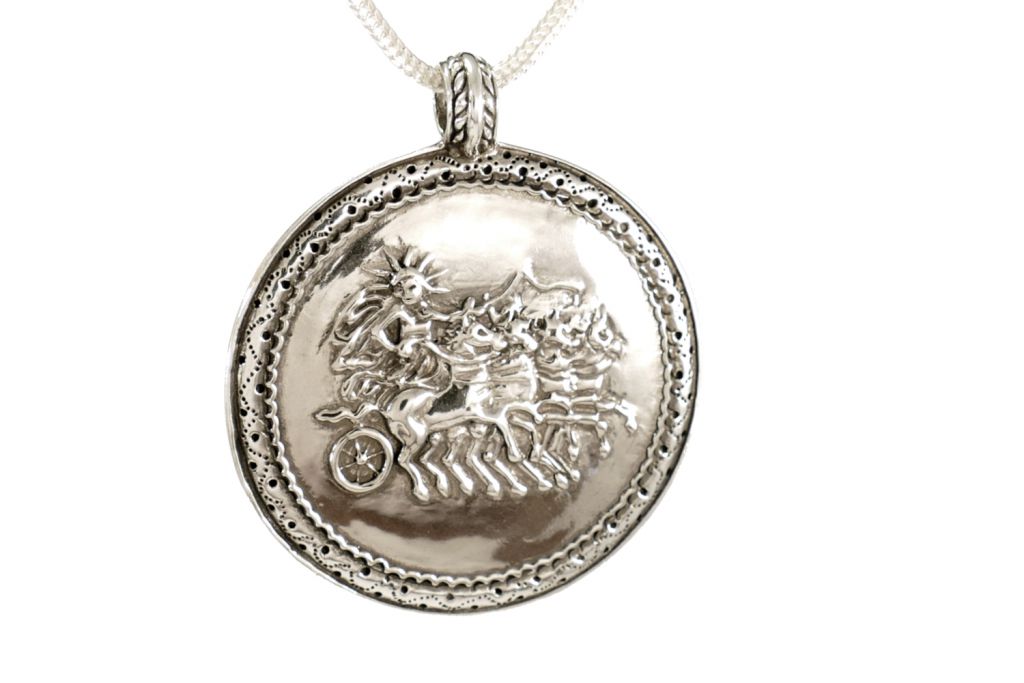The Roman Military Belts Of Stabiae And Herculaneum
The exact finding spot of the original parts is unknown. In older literature, the finding place is given with Herculaneum and Pompeii. However, since the fittings were published together as finds from an excavation of 1749 in Gragnano as early as 1755, the origin from the Villa San Marco in ancient Stabiae is more likely.
A Roman soldier in Herculaneum who died on the banks of the city's boathouses when Mount Vesuvius erupted, wore a very similar belt.
As far as I know, the find from 1982 has not yet been restored or published. Due to the similarity of the fittings, it must be assumed that these belts were made in the same workshop in Campania. The high quality of craftsmanship gives rise to speculation about the owners at the time. The possession of a military belt indicates that they were active soldiers or veterans. Service in a city cohort as member of the Vigiles Urbani or as private bodyguards for rich or politically influential Romans also seems possible. Most likely, however, they were soldiers who performed their active service in the Roman fleet, which was stationed in Misenum at the Gulf of Naples.
The plates have striking figurative decorations. The large discs of the sword or dagger hangers show Sol and Luna (Helios and Selene), sun and moon traveling across the sky in horse-drawn chariots. The classic Greek reference can be found on the motifs of the belt plates. One plate shows the Spartan Othryades. As the last survivor of a 300-man Spartan army that went to war against Argos, he erected a monument to victory, a tropaion, made of the weapons of the fallen enemies. Then he committed suicide to avoid the shame as the only returnee.
Another plate shows a seated figure in armour, crowned with a laurel wreath by the goddess of victory Victoria (Nike). This figure is interpreted as Roma, the personified goddess of the state.
The third plate bears Minerva (Athena) as a central motif and opposite a male figure, possibly Neptune (Poseidon). However, since no military reference can be identified here, the representation could also be interpreted differently.
Due to the artistic design and the comparison with belt plates from the Tiberian period, an early date in the Augustan period is obvious. This means that the pieces were already very old when Vesuvius erupted, or that the workshop used traditional motifs to make them.
The original plates consist of thin silver sheet drawn over a plate made of non-ferrous metal. The reconstructions, on the other hand, are made of solid silver. In contrast to the original pieces, in which the buckle and suspension are each made in one piece, I built a hinge here, analogous to other finds. In this way, the bending forces are reduced during use and the panels are prevented from bending due to high loads.



